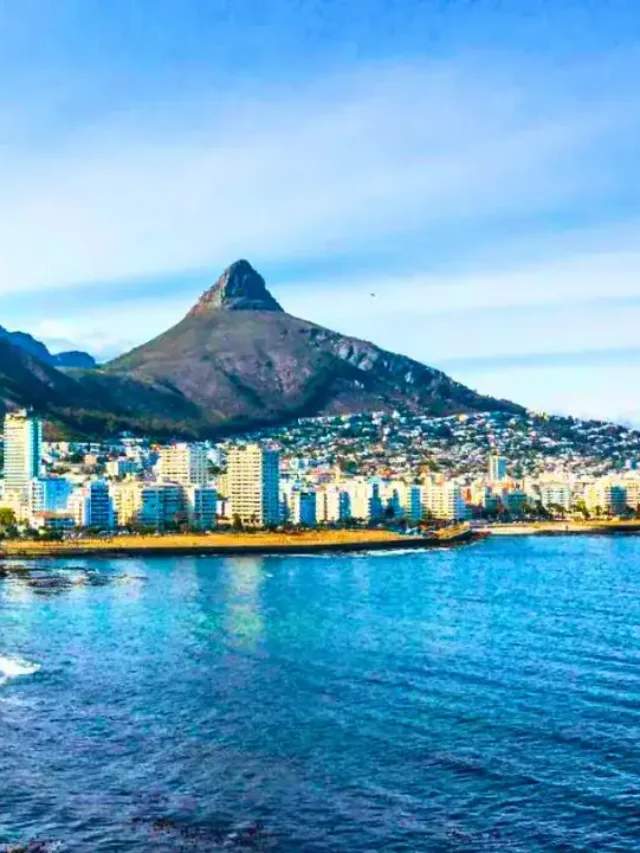As Japan searches for innovative methods to enhance a tourist boom that is supporting its economy, foreign visitors may soon be able to glide through immigration.
According to a Friday NHK report, the government will begin implementing a new preclearance system in January of next year, beginning with travelers from Taiwan. According to the broadcaster, travelers will be able to complete the majority of their immigration screening before departing, which will assist reduce the amount of time needed for entrance processes upon arrival.
Japan Simplifies Entry for Tourists with New Preclearance System: 10 Key Points To Know
- Record Tourism in Japan: Japan set a new record of 17.78 million international visitors in the first half of 2024, surpassing pre-pandemic levels by one million.
- New Preclearance System: Starting in January next year, Japan will implement a preclearance system for travelers from Taiwan, allowing them to complete most immigration screening before departure.
- Faster Immigration Procedures: The new system aims to reduce entry processing time for visitors, enhancing their travel experience.
- Economic Impact: The influx of tourists is supporting Japan’s economy, with foreign tourists spending ¥2.14 trillion in the April-June quarter.
- Government Goals: Prime Minister Fumio Kishida aims for foreign tourists to spend ¥8 trillion ($51 billion) by 2024 and has set a target of 60 million tourists per year by 2030.
- Technology Utilization: To manage tourist traffic, the Japanese government is advocating for the use of technology at airports, transport hubs, and popular destinations.
- Expansion of Flight Services: ANA Holdings Inc. plans to launch new European flights from Haneda Airport, including routes to Milan, Stockholm, and Istanbul.
- Jet Fuel Shortage: A shortage of jet fuel at Japan’s airports has been a barrier to expanding international flight services, prompting measures to boost imports and production.
- Currency Impact: The decline of the yen has made Japan a more affordable destination, attracting more tourists and shoppers.
- Local Pushback: Some local residents are pushing back against the influx of tourists, leading to measures such as banning entry to certain private lanes in Kyoto and restricting photo opportunities in Fujikawaguchiko.
With record numbers of visitors already in the nation, the decision was made. In the first half, 17.8 million visitors went, according to the Japan National Tourism Organization. June also saw more than 3 million passengers for the fourth consecutive month.
Because of the yen’s decline, traveling to Japan used to be an expensive dream vacation, but now it’s a reasonably priced place to visit and buy. Prime Minister Fumio Kishida said at a conference on Friday to encourage tourism that he expected foreign tourists to spend ¥8 trillion ($51 billion) by 2024.
Kishida said at a ministerial council, “It’s critical to promote the number of visitors to local regions while preventing and keeping control of overtourism.” Utilizing technology to reduce traffic at airports, transport hubs, and popular locations was advocated by the prime minister. He also wants to encourage sports tourism and increase the appeal of Japan’s national parks in order to help the government meet its 2030 target of 60 million tourists per year.
ANA Holdings Inc. said that it would launch three European flights from Haneda this winter, with Milan commencing in December, Stockholm in January, and Istanbul in February, highlighting the strong demand for inbound travel.
At a press conference on Friday, Shinichi Inoue, the president of All Nippon Airways, said, “We will continue to expand our network.” Additionally, in front of the Paris Olympics, ANA began operating daily flights to Paris and Munich in July. In August, the airline intends to relaunch its Haneda–Vienna service.
The scarcity of jet fuel at Japan’s airports has hindered international airlines’ attempts to expand their service to the nation. Although steps are being taken to increase imports and manufacturing in order to alleviate the shortfall, Kishida urged the council to act quickly to ensure supply.
Also Read: 7 Documents You Must Carry For A Thailand Trip
The migration is helping to strengthen Japan’s shaky economy. This month, the currency fell to a 38-year low vs the US dollar as a result of the ongoing downward pressure on the currency caused by the difference in interest rates between the US and Japan. The greatest inflation cycle in decades is being fueled by the weakening yen, which is drawing tourists and shoppers to Japan but also depressing local consumer spending.
In the April-June quarter, foreign tourists spent ¥2.14 trillion yen, according to data that the Japan Tourism Agency issued on Friday.
A significant pushback has also emerged from certain residents who are displeased with the constant migration.
The local district council of Kyoto has prohibited tourists from entering the Gion area’s winding private lanes, while the local government of Fujikawaguchiko has put up a barricade to prevent people from snapping pictures of themselves with Mt. Fuji in the backdrop while they are at a convenience store.
Check Latest Stories:
Join us for updates, conversations, and exclusive Updates!







